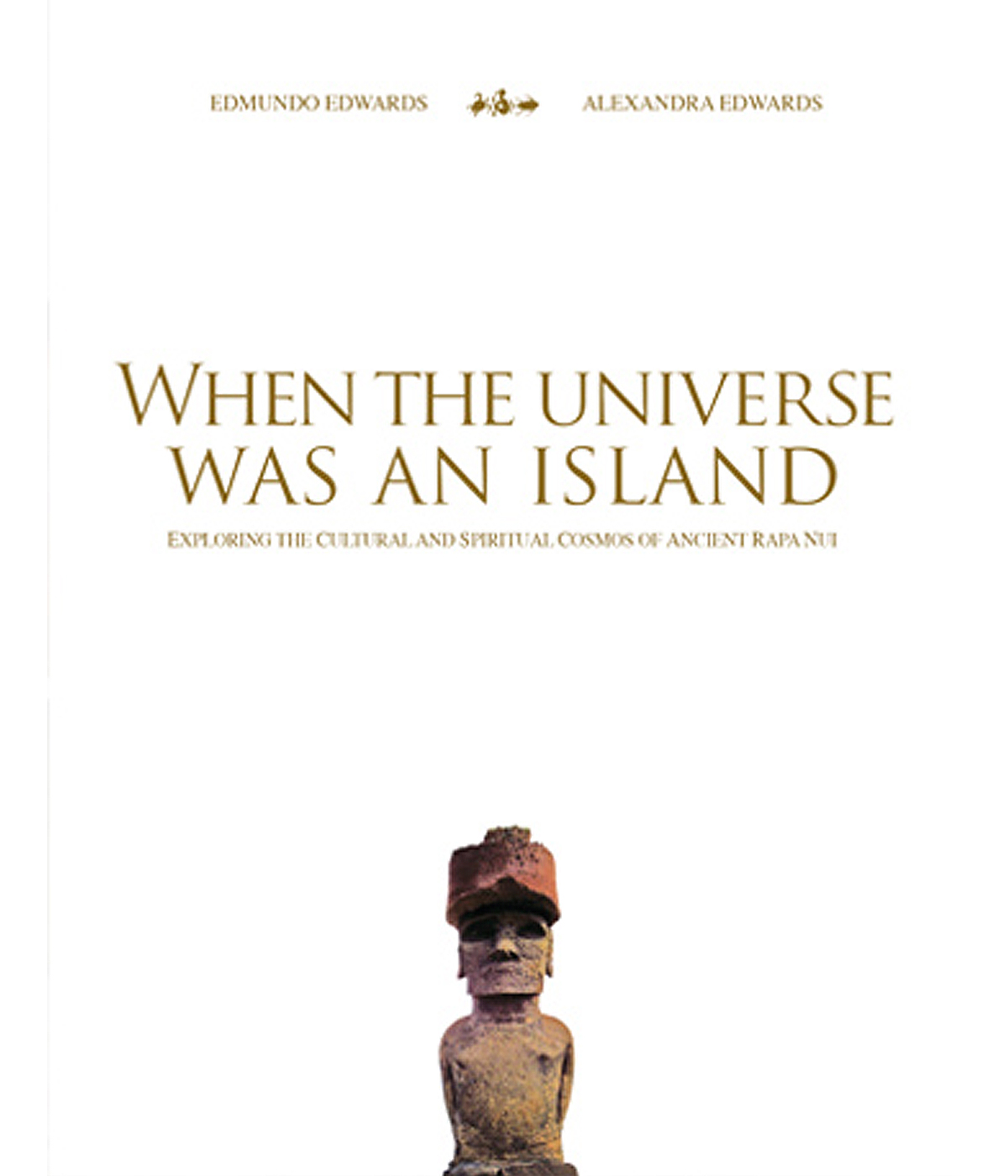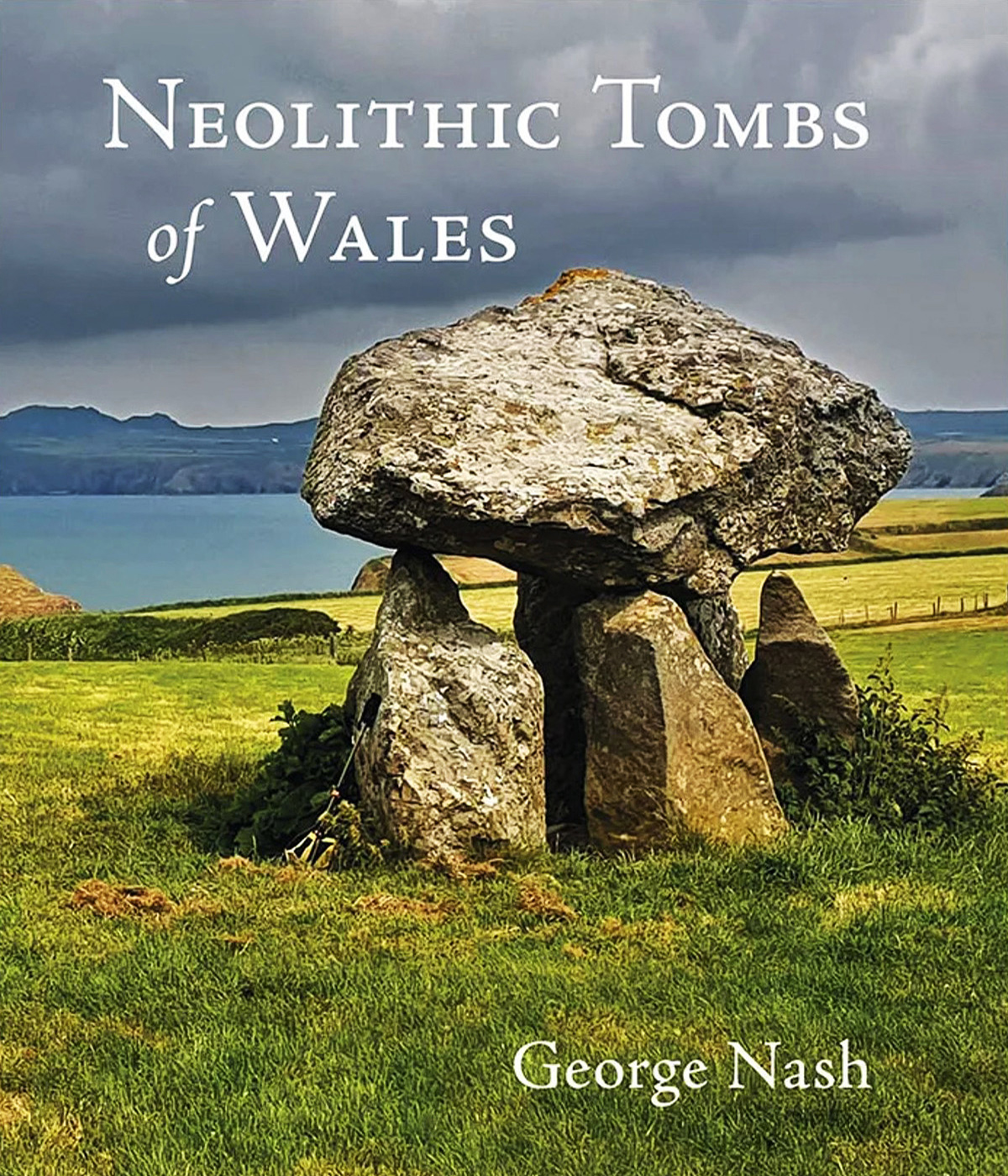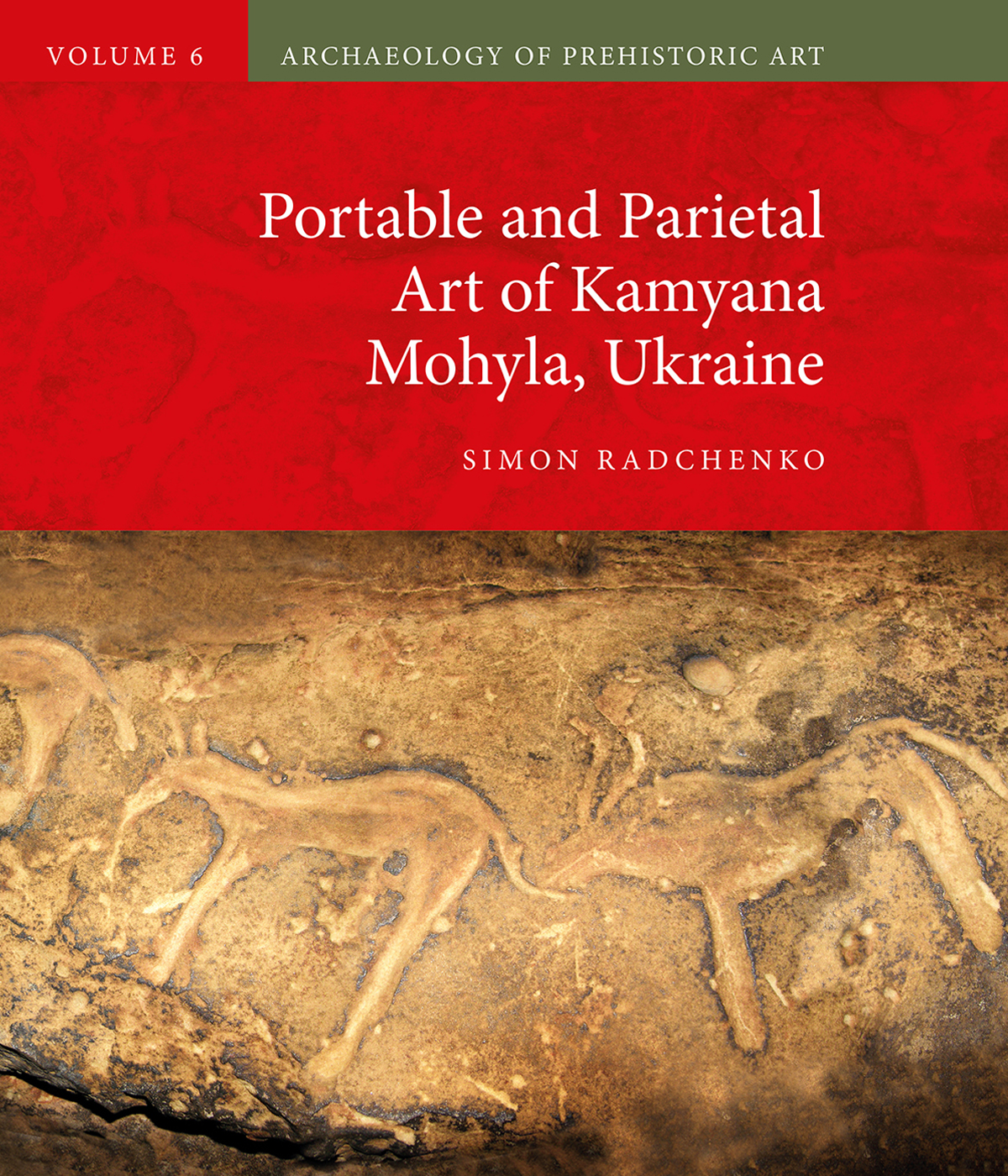


by Edmundo Edwards & Alexandra Edwards
- Published by Hangaroa Press
- Paperback: 536 pages
- Illustrations: 117 in Black and White
- Language: English
- ISBN: 978-956-353-131-2
- Dimensions: 23 x 17 x 4 cm
- Shiping Weight: 1 kg / 2.2 lb
- Price: $89.99
Book Description:
The hundreds of monolithic statues crafted by the Rapanui are an extraordinary example of human ingenuity, and several theories have been postulated regarding the origins and evolution of this remarkable culture, reflecting the many ways in which Rapa Nui has captured our imagination over the past 300 years. This father and daughter team has spent a lifetime living and carrying out scientific research on Rapa Nui, from restoring some of the most impressive ceremonial platforms to publishing articles about Rapanui archaeoastronomy in scientific journals. They manage to comprehensively survey the ethnography, mythology, and archaeology of Rapa Nui from the origins of the Rapanui people all the way to the fall of the Bird-man Cult at the end of the nineteenth century. Complemented by 117 photographs and drawings, the authors bring to life the history of enigmatic Rapa Nui, providing fresh updated answers to some of the most persistent questions. This book is perfect for anyone planning a trip to the island as well as those wishing to expand their knowledge in a comprehensive and entertaining volume where the truth is a hundred times more fascinating than the false shroud of mystery and speculation that usually accompanies this subject.
Bradshaw Foundation review:
Providing a new perspective on a well known subject can often prove to be a quixotic task, but When the Universe was an Island avoids that trap, thanks in main to the admirable feat of presenting a complex time frame within one publication: from the pioneering skills of the early Polynesian explorers and wayfinders, to cultural adaptation, to eighteenth century foreign explorers and tradesmen in the Pacific, and finally to the continuum - Rapa Nui today.
The publication describes particular stages of Rapa Nui life merging into others in great detail, clearly based on a combined effort and a life time of research and understanding. When the Universe was an Island describes the Origin of the Polynesians and the colonisation of the island, the Rapanui Religion and Cosmogony, the Social and Political Organization, the Rapanui Ethnoastronomy and the Agricultural Cycle, and ofcourse the Ahu and the Moai as well as the Rapanui Birdman Cult. The depth of research is impressive, and all elements of island life seem to be accounted for, from 'Part of The Rapanui Sky explained' to 'Orongo houses, their names and owners', and from 'Clans that had birdmen live in Orohie to Hanga Ho'onu, Anakena, Tongariki and Ovahe' to 'A Brief Glossary of Rapanui Words in the Text'.
From reading When the Universe was an Island one is left with an overwhelming sense of paradox; of seismic shifts and collisions, and of continuity and survival. With the shift from the Ancestor Cult to the Birdman Cult and the destruction of the ceremonial platforms, to the collisions following European contact, the slave raids, epidemics, exploitation, annexation, weapons, diseases, and greed. And yet there is a synthesis here; the publication reminds the reader that whilst there may be a global trend for indigenous peoples to reinstate their cultural identity, indigenous culture per se is never a constant. This is clearly the case for Rapa Nui - despite everything, the Rapanui have survived.
Edmundo Edwards:
Edmundo's passion for archaeology started when he was 12 years old and discovered golden artifacts in a pre-Incan site in northern Chile. After visiting Rapa Nui in 1957, he became enthralled by Rapanui culture and returned to the island in 1960 to work with on the restoration of Ahu Akivi. He has lived and worked in Polynesia ever since conducting archaeological surveys and leading restoration work in Rapa Nui, and in the Society, Marquesas, and Austral Islands, most notably in Ahu Tongariki in 1985. Edmundo is devoted to the scientific study and preservation of the archaeology and culture of the Pacific islands and is the co-founder of The Pacific Islands Research Institute (PIRI). In 2011 the Explorers Club honored Edmundo with the Lowell Thomas Award for his exceptional contribution to human knowledge.
Alexandra Edwards:
A Latin-American Studies and Film major from Wesleyan University, Alexandra has been carrying out archaeological fieldwork and ethnographic studies in both Latin America and Oceania since 1995. She has participated in four Explorers Club Flag expeditions, collaborating in documentaries filmed in places as diverse as Chile, Easter Island, Papua New Guinea, Raivavae, and the Society and Marquesas Islands. Alexandra currently works for the Pacific Islands Research Institute and is particularly interested in the religious and cultural syncretism present in Latin America and Oceania today.
→ Bradshaw Foundation - Book Review
→ Rapa Nui - Easter Island
by Kate Winter
13 November 2025 Book Review Archive
→ Neolithic Tombs of Wales
by George Nash
19 November 2024
by Simon Radchenko
22 May 2024
by Meenakshi Dubey-Pathak and Jean Clottes
10 November 2023
by Paola Demattè
12 January 2023
by Paul Pettitt
10 November 2022
by George Nash
19 November 2024
by Simon Radchenko
22 May 2024
by Meenakshi Dubey-Pathak and Jean Clottes
10 November 2023
by Paola Demattè
12 January 2023
by Paul Pettitt
10 November 2022
Friend of the Foundation
by George Nash
19 November 2024
by Simon Radchenko
22 May 2024
by Meenakshi Dubey-Pathak and Jean Clottes
10 November 2023
by Paola Demattè
12 January 2023
by Paul Pettitt
10 November 2022














